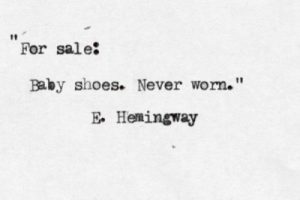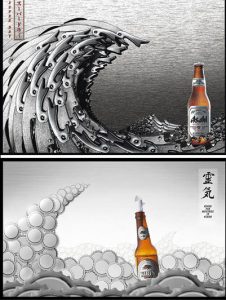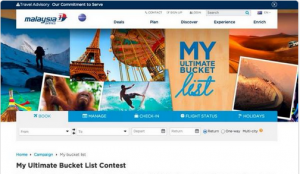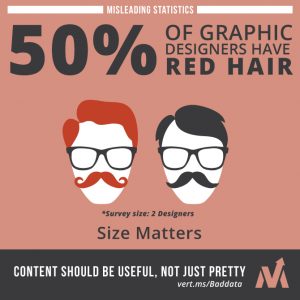CONTENT MARKETING: THE KEY TO SEO AND SMM?
Content Marketing, SEO, SMM
People think these terms are mutually exclusive …
“Content is king”
“SEO is critical to your website’s success”
“How many followers do you have”
Every one has a mantra around these efforts but they really are intertwined.
Without being an equal triumvirate as content is the glue that sticks them all together.
If you are creating content and putting it on your site you are effectively practising SEO. If you then share the post on social media, you are practising SMM. I mean it’s all fairly elementary.
SEO is proving to Google/Bing etc. that your page is what their users are looking for when they search for something.
SMM is proving to Facebook/Twitter et al. and their users that your stream is something that they’re interested in and what other people will be interested in.
Content Marketing is creating something that is interesting to the types of people that you want to engage with.
OK, analogy time. Remember when we used books … those thin rectangular things … y’know the good ole days …
A lifeline in times of need, you would get this yellow book that had yellow pages and look for a specialist in the area you needed help. And then you would pick up the telephone and dial the number of someone that you had found in the list on the subject.
This is Google, Bing.
In times of Yellow Pages, the only way to differentiate yourself from the pack was through money. You could buy more space in Yellow Pages or trickily you could name yourself A1 Furntiture, AAA Marketing, A+ Travel Consultant… you see Yellow Pages were sorted alphabetically so some geniuses were smart enough to specifically choose business names just for the fact that they started with an A and nothing to do with a grading system. People are always trying to game the system… people are always trying to game google as well.
Just like the Yellow Pages, Google can be bought although, rather than getting a shinier bigger ad than everyone else, you can be the first ad a user sees just by paying the most with PPC. Google clearly states that those are ads and they spend the rest of their space on trying to give you a page that relates to your search as much as possible. Rather than just giving you a list in alphabetical order – it analyses every page that wants to be followed by it and judges it. Google will give you brownie points for your content being laid out nicely and documented correctly, just one facet of SEO, but it’s main aim is to rank content based on the usefulness of a particular search term ie. keeps people on a page and refer to that page as a source.
Speaking of Yellow Pages and using phones (the ones that had a cord in them that wasn’t for charging), people used to use them to ask other others what they thought on a subject, who they used to fix up their car, to organise a get together or even just to find out how they were (insane, right?).

Apart from being weird back then it also helped them feel connected. Now we have social media to keep in contact with everyone … seeing as everyone is connecting there why wouldn’t a brand take the time to say “Hey, are you interested in what I do? Let’s be friends”
If venting on the phone to your friends wasn’t enough, you would write a letter either in the form of an op-ed or to the cause of the bereavement. That’s when you really wanted to let a company or a friend have it. Nowadays where do you go? Social media!

When you got something new, you had to tell all your friends in person, then came the phone, and now … you guessed it … social media. People are living their lives on social media, so it would be remiss of any company not to be there as well.
At the end of the day, search engines and social media are platforms that take their cues from numbers, it’s a popularity game.
They’re where people go to spend time and find solutions – we create content to keep them engaged and show that the solutions you provide are just what they need.
So that takes up most of our time online, but we also have favourite websites and emails that we read – so content marketing comes in again through your owned audience, in your database and website users. Your content is keeping your customers enthused about your brand – this content is the engine that runs your current audience, referrals from them to other people (among other things on social media) and your ability to be featured in Yellow Pages AKA search engines.
Content marketing touches and informs everything you will do online and offline; and will even help direct sales endeavours. SMM and SEO need content to thrive so if you’re thinking about ongoing SEO or SMM, make sure your strategy is centred firmly around content that is engaging, informative and valuable to your ideal customers.
If you’re struggling with figuring out who your ideal customer is, how to build a strategy or creating great content that will see your enquiry rate skyrocket, drop us a line.
FIND OUT HOW WE INCREASED A COMPANY’S FACEBOOK FOLLOWING BY 100% WITH ONE POST.























